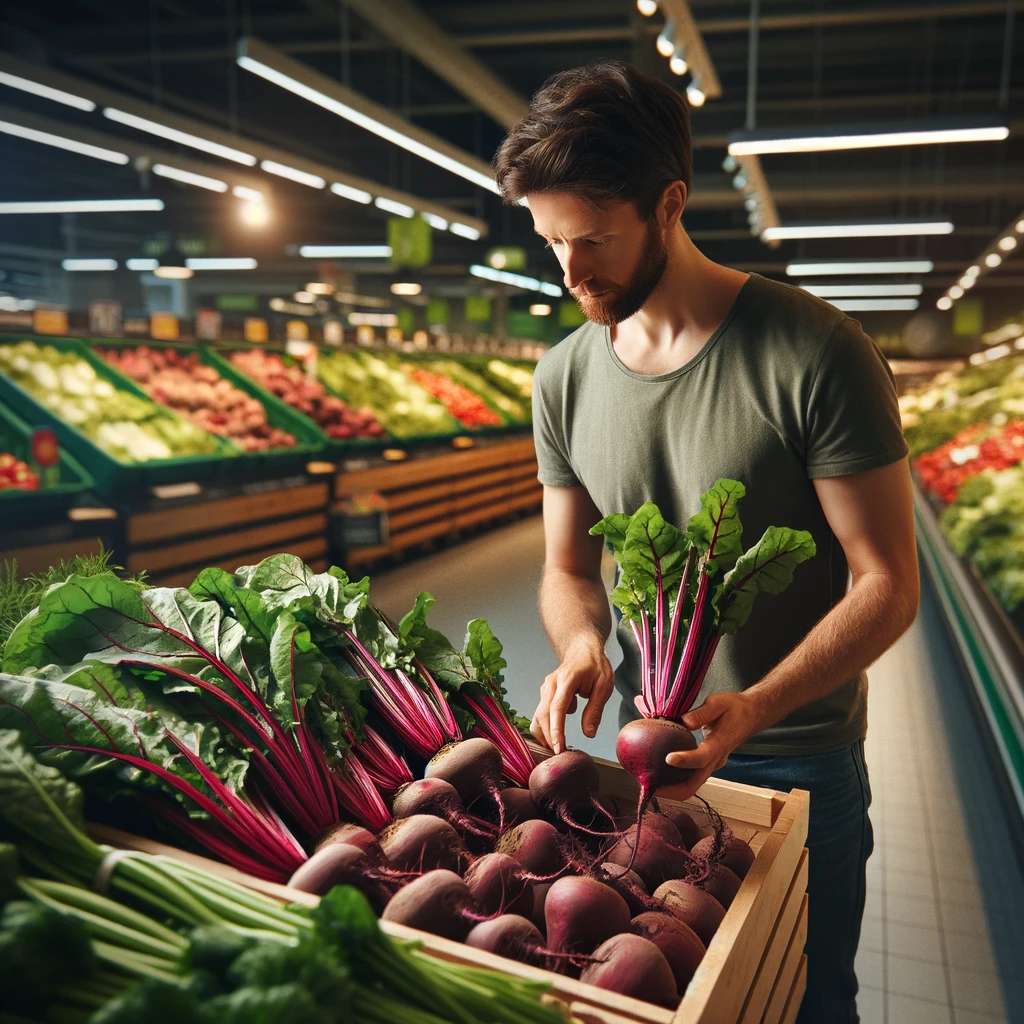1. Selecting Beets for Storage
When choosing beets for storage, whether from your garden or the store, it’s crucial to select those in good condition. Look for beets with firm, smooth skin and no signs of visible damage or bruises. Damaged beets, including those with broken skin or cuts, should be used first as they do not store well and are more prone to spoilage.
2. Handling Freshly Picked Beets
If you are harvesting beets from your garden, do so when they are mature but still tender, generally when they are about 1.5 to 3 inches in diameter. Immediately after picking, trim the greens off, leaving about an inch of the stem. This helps prevent the roots from bleeding. Store the greens separately in the refrigerator and use within a few days, they go great in salad and are also wonderful when sauteed with garlic.
3. Root Cellar Storage
Beets are ideal candidates for root cellar storage, which mimics their natural growing conditions. Store beets in a container filled with moist sand, sawdust, or peat moss to help maintain humidity. Keep the temperature steady between 32-40°F (0-4°C) with about 90-95% humidity. Under these conditions, well-selected beets can last for several months.
4. Refrigerator Storage
For those without access to a root cellar, the refrigerator offers a viable alternative. Clean the beets gently, avoiding scrubbing too hard to keep the skin intact, and store them in a perforated plastic bag or wrapped in a damp towel inside a bag. This method can preserve beets for about 2-3 weeks.
5. Countertop Storage
Beets can be stored briefly on the countertop if they will be used within a few days. This method is suitable for beets that are in good condition and free of any surface damage. Store them in a cool, dark place to minimize the loss of texture and flavor.
6. Refreshing Beets Before Use
If your beets have become dehydrated or soft, revitalize them by soaking in cold water for about 20 minutes. This process can help restore their firmness, making them more suitable for fresh consumption, such as in salads or crudité platters.
7. Longevity Tips
Always use any beets with signs of damage or aging first, as these will deteriorate faster. For long-term storage, only undamaged, healthy beets should be selected to ensure they maintain quality and taste throughout their storage period.
8. Conclusion
Proper selection and storage of beets can significantly enhance their shelf life and quality. By using appropriate methods based on the amount and intended usage time, and by selecting only the best beets for long-term storage, you can enjoy the full flavor and nutritional benefits of this robust root vegetable. Whether stored in a root cellar, chilled in a fridge, or kept on a countertop, effective beet storage starts with proper handling from the moment they are picked or purchased.


